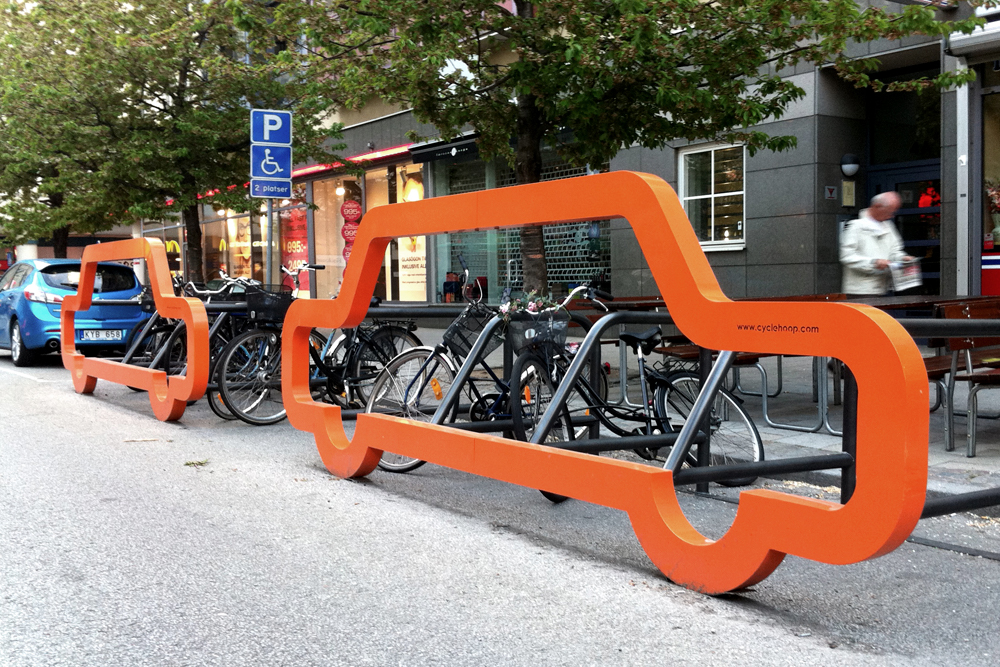Before we continue...
Would you like to switch to the international version?
Before we continue...
Would you like to switch to the international version?
The number of commuters is steadily increasing. Especially the big cities and conurbations like Berlin, Hamburg, Stuttgart or the Ruhr area suffer from the growing rush hour traffic. CO2 emissions are particularly high in the shorter inner-city routes. Over a distance of 10 kilometres, an average of 310 tonnes of CO2 emissions per year are generated per car. Current estimates assume that we could easily replace a total of 55 billion car kilometres per year with the wheel - an immense savings potential for climate and air quality.
Copenhagen is probably one of the most famous bicycle cities. The fact that bicycles account for a good 27 percent of traffic here is mainly due to the well-developed cycling infrastructure. The metropolis thus saves around 90,000 tons of CO2 per year. Even in Germany, where the bicycle currently accounts for only 11 percent of all means of transport, there is great potential for reducing the burden on the environment through daily cycling - and this goes far beyond pure CO2 savings:
Electronically assisted wheels are sometimes criticized as unecological. But of course they are far below the energy consumption of a car, so that a changeover is definitely noticeable. In order to charge the battery for the electric drive as environmentally friendly as possible, switching to an eco-electricity supplier is the best step. If you have solar cells on your roof, you can charge your bicycle battery directly from the sun. Occasionally there are even already public solar filling stations for eBikes.
Here you can find suitable green electricity suppliers: LINK.
Photo: (Copyright) CarBikePort
Environmental relief can only be achieved if many people switch to cycling. Especially on the shorter routes we have the potential in Germany to more than double the number of cyclists. The motivation of the individual is decisive for this. There are many reasons for the change, because as an eBike commuter you not only protect the environment, but also do a lot for yourself and your own well-being:
Every means of transport costs money - and that on very different levels. The user has to pay for the purchase and the ongoing operating costs. A direct comparison shows how personal costs differ between bicycle and car commuting:
Before the costs are saved by the wheel oscillation, first the investment comes. But it's worth it in several ways: cycling with electric drive makes you happier, promotes health and ensures a stress-free journey to and from work!
|
Acquisition costs |
depending on bike type and performance from 1,490.00 Euro |
|
Costs for installation |
75,00 - 150 Euro |
|
Charging costs for a 300 Wh Akku |
Ca. 0.3 kWh that is approx. 9 Cent (Naturstom 28.95 Cent per kWh) for 45 - 105 kilometers |
|
Charging costs for a 500 Wh battery |
Ca. 0.5 kWH that is approx. 15 Cent (natural electricity 28.95 Cent per kWh) for 69 - 160 kilometers |
|
Safety helmet |
Ca. 50 Euro |
|
Weatherproof clothing (wind/rain jacket, undercap, gloves, rain trousers) |
Ca. 150 Euro |
|
Rainproof saddlebags |
Ca. 80 Euro |
|
High-quality lock |
Ca. 50 Euro |


